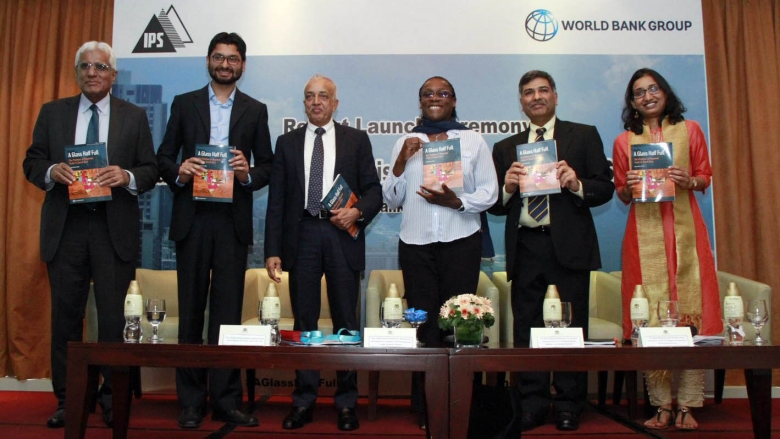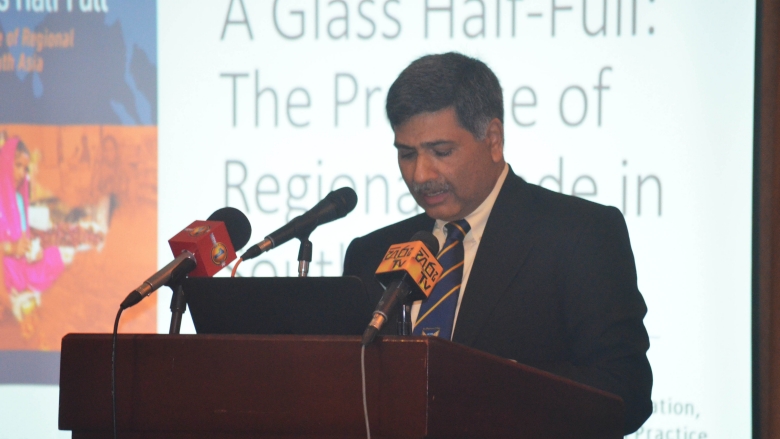Many South Asian countries trade on better terms with distant economies than with their own neighbors
“Both nature and man, but mostly man, have contrived to fragment the region, denying countries and people the benefits of proximity,” said Sanjay Kathuria, author of the report, and Lead Economist and Coordinator, South Asia Regional Integration, in the World Bank’s Macroeconomics, Trade, and Investment Global Practice.
. This yawning gap between actual and potential trade arises because South Asian countries actively discriminate against each other.
High tariffs and para-tariffs are common in South Asia. I As a result, citizens are left holding the bill as they have to pay higher prices.
Despite the existence of the South Asian Free Trade Area (SAFTA), trading with neighbors is not “free”. This is mainly due to the long list of products that are not included under the concessional tariff of SAFTA. Almost 44 percent of Sri Lanka’s imports from South Asia and 23 percent of Sri Lanka’s exports to South Asia falls under this “sensitive list”. Speaking at a panel discussion at the launch of the report, Ravi Ratnasabapathy, Fellow, Advocata Institute, said that countries had set out to protect as many sectors as they could: “Of Sri Lanka’s top 20 exports to the world, 15 of them were either on a negative list or subject to some form of tariff. Of India’s top 20, only seven received any kind of significant concession that was not available previously.”
Poor transportation and logistics infrastructure as well as complicated and non-transparent non-tariff measures continue to drive the disproportionately high costs of trading within the region. For example, it is less costly for Sri Lanka to trade with Brazil than with Nepal. Furthermore, constraints on trade in services and low intraregional foreign direct investment hold back regional trade possibilities in dynamic areas like services and regional value chains. .
Citizens, not politicians, have the most to gain from increased intraregional trade
Panellist Subhashini Abeysinghe, Research Director, Verité Research, asked: “Why do countries have prohibitive tariffs?” She went on to say their existence indicated that domestic prices were significantly higher than international prices. “This means we have large numbers of domestic industries in this part of the world which are extremely uncompetitive internationally.” For customers, this translates into higher prices for lower quality products.
Suresh Shah, Executive Director, the Lion Brewery Ceylon, shared his conviction that Sri Lankan businesses had to face international competition head on to truly succeed. Using a cricket analogy he said: “We have Muralitharan who has 800 test wickets. If Muralitharan had only played local cricket…would Murali be Murali? Sanga is probably the finest left-hand batsman the world has ever seen. Would Sanga be Sanga if he had only played domestic cricket? It’s because these guys went out and competed that they are where they are.”


